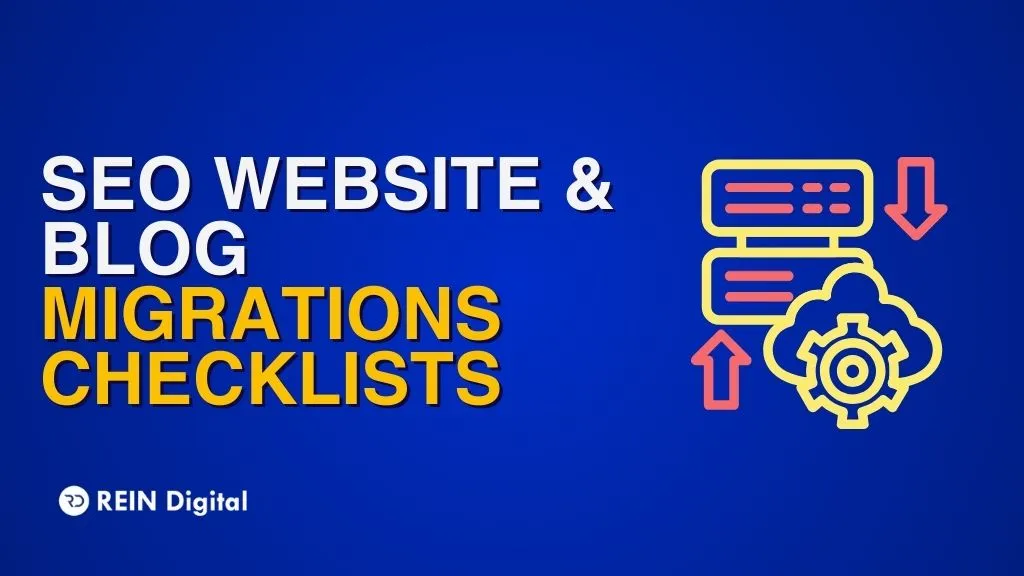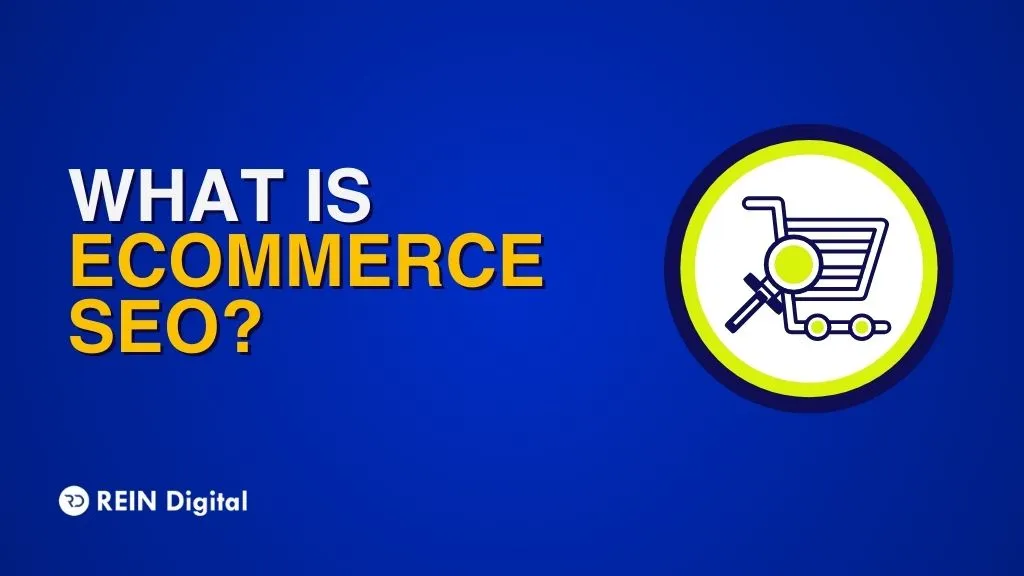
How to Launch a Successful Multi-Channel Marketing Campaign
In today's competitive business landscape, companies must constantly explore new ways to connect with their target audience. Multi-channel marketing is a powerful tool that businesses can use to increase their reach and build stronger relationships with their customers. By leveraging a combination of online and offline channels, businesses can create a cohesive and comprehensive marketing strategy that drives results.
However, launching a successful multi-channel campaign requires careful planning and execution. In this article, we'll explore some key steps businesses can take to develop a successful multi-channel marketing strategy.
What is Multi-channel Marketing?
Multi-channel marketing refers to the practice of using multiple communication channels, both online and offline, to engage with customers and prospects. These channels can include email, social media, search engines, mobile apps, direct mail, and more. The goal of multi-channel marketing is to create a cohesive and comprehensive marketing strategy that can reach customers at various touchpoints and increase their engagement with a brand. By leveraging multiple channels, businesses can amplify their message, increase brand awareness, and drive customer loyalty and revenue.
Why Is Multi-Channel Marketing Important?
In today's digital age, consumers have more choices than ever before when it comes to how they consume media and interact with businesses. By using multiple channels to communicate with customers, businesses can ensure that they are reaching them where they are most likely to engage. This can help to improve customer engagement and increase sales, as customers are more likely to respond positively to messaging that is personalized and relevant to their interests and needs.
Multi-channel marketing also is important because it allows businesses to reach customers through different platforms and channels, increasing the chances of making a connection with them. By using multiple channels, businesses can create a consistent brand experience across different touchpoints, which helps to build customer loyalty and trust.
The American Marketing Association emphasizes that "multi-channel marketing ensures that your customers can interact with your brand through their preferred channels, whether it’s email, social media, or in-store. This creates a more cohesive and personalized customer experience, leading to greater engagement and loyalty." In other words, providing a seamless and personalized experience across multiple channels is critical to driving customer engagement and loyalty, making multi-channel marketing an important strategy for businesses to consider.
Furthermore, multi-channel marketing allows businesses to track and measure the effectiveness of their campaigns across different channels, providing valuable insights into customer behavior and preferences. By analyzing this data, businesses can make informed decisions about how to allocate resources and adjust their marketing strategies to better reach their target audience. Overall, multi-channel marketing is an important strategy for businesses looking to stay competitive and connect with customers in today's fast-paced digital landscape.
Which Channels Work Well Together?
Determining which channels work well together for a specific business can depend on factors such as target audience, industry, and marketing objectives. However, some common combinations of channels that work well together in multi-channel marketing strategies include:
- Email and social media: These two channels can complement each other by using social media to drive email sign-ups and using email to promote social media channels and increase engagement.
- Search engine optimization (SEO) and content marketing: SEO and content marketing work well together by using targeted keywords and optimized content to increase website traffic and search engine rankings.
- Direct mail and digital advertising: Direct mail campaigns can be used to drive website traffic or promote a digital advertising campaign, while digital advertising can be used to retarget and drive conversions from direct mail recipients.
- In-store and mobile: Using mobile technologies like QR codes or mobile apps can enhance the in-store experience by providing additional information or exclusive offers to customers.
Ultimately, the combination of channels that work well together will depend on the specific goals and needs of the business and its target audience. A comprehensive multi-channel marketing strategy should be developed based on careful research and analysis to ensure the best possible results.
What Are the Hallmarks of Great Multi-Channel Marketing Strategies?
Consistency
Consistency across all channels is important because it helps to establish and reinforce the brand identity and messaging in the minds of customers. This means that businesses need to ensure that their visual branding, tone of voice, and messaging are consistent across all channels, from email and social media to websites and mobile apps. Consistency can also help to build trust with customers and make them more likely to engage with the brand over time.
Personalization
It is key to delivering engaging experiences to customers across all channels. By leveraging customer data and insights, businesses can create personalized experiences that are tailored to the individual needs and preferences of each customer. This can include targeted promotions and offers, customized product recommendations, and personalized messaging and content. Personalization can also help to build deeper relationships with customers and drive higher levels of engagement and loyalty.
Integration
Integration is essential to the success of multi-channel marketing strategies. This means that businesses need to ensure that each channel is integrated seamlessly with the others so that they work together to achieve the overall marketing objectives. For example, companies can use social media to drive traffic to their website, and then retarget those customers with personalized email campaigns. By integrating different channels in this way, businesses can create more effective and engaging experiences for their customers.
Optimization
Optimization is key to ensuring that multi-channel marketing strategies are delivering the best possible results. This means that businesses need to constantly analyze and evaluate their performance across all channels, using data and analytics to identify areas for improvement and make changes as needed. This might involve testing different messaging, offers, or targeting criteria, and then using the results to optimize future campaigns. By constantly optimizing their multi-channel marketing strategies, businesses can drive better results over time.
Agility
Agility is essential in today's fast-paced business environment, where market conditions and customer preferences can change quickly. Businesses need to be able to respond to these changes quickly and effectively, by adjusting their multi-channel marketing strategies as needed. This might involve shifting resources from one channel to another, testing new channels or messaging, or changing the overall marketing strategy based on new data or insights. By being agile and responsive, businesses can stay competitive and drive better results over time.
How to Launch a Successful Multi-Channel Marketing Strategy
Define your Goals
Start by determining what you want to achieve with your multi-channel marketing strategy. Common goals include increasing brand awareness, driving website traffic, generating leads, and increasing sales. Once you have defined your goals, determine how you will measure success, such as through website analytics, conversion rates, or revenue generated.
Identify your Target Audience
To effectively reach your target audience, you need to understand who they are, what they care about, and where they spend their time online. Conduct market research to identify your ideal customer's demographics, interests, and pain points. Use this information to create customer personas that represent your target audience and guide your marketing strategy.
Choose your Channels
There are many channels available for multi-channel marketing, and choosing the right mix of channels depends on your goals and target audience. Some common channels include email marketing, social media, PPC advertising, content marketing, and direct mail. Consider which channels are most effective for reaching your target audience and align with your goals and budget.
Develop a Consistent Brand Message
Consistency is key when it comes to multi-channel marketing. Develop a clear and consistent brand message that resonates with your target audience across all channels. This can include your brand's tone of voice, visual identity, and messaging.
Create High-quality Content
High-quality content is essential for engaging your audience across all channels. Develop a content strategy that aligns with your brand message and resonates with your target audience. This can include blog posts, videos, infographics, social media posts, and email newsletters.
Leverage Data and Analytics
Use data and analytics to track your campaign's performance and optimize your strategy over time. Analyze your results to determine which channels and tactics are most effective and make adjustments as needed. Use tools like Google Analytics, social media analytics, and email marketing metrics to measure your campaign's success.
Test and Refine
Testing is critical to the success of any marketing campaign. Continuously test your strategy and make adjustments based on your results to ensure that you are getting the best possible ROI. This can include A/B testing your email subject lines, testing different ad copy in your PPC campaigns, or experimenting with new content formats.
Conclusion
Multi-channel marketing is a vital strategy for businesses to effectively reach and engage with their target audience. By leveraging multiple channels, businesses can create a cohesive and comprehensive marketing campaign to drive results and increase customer loyalty. However, it's important to carefully plan and execute a multi-channel marketing strategy to ensure its success.
SCHEDULE A CALLLet's do great things together!
We just need a couple of hours.
No more than 24 hours after receiving your ticket!














